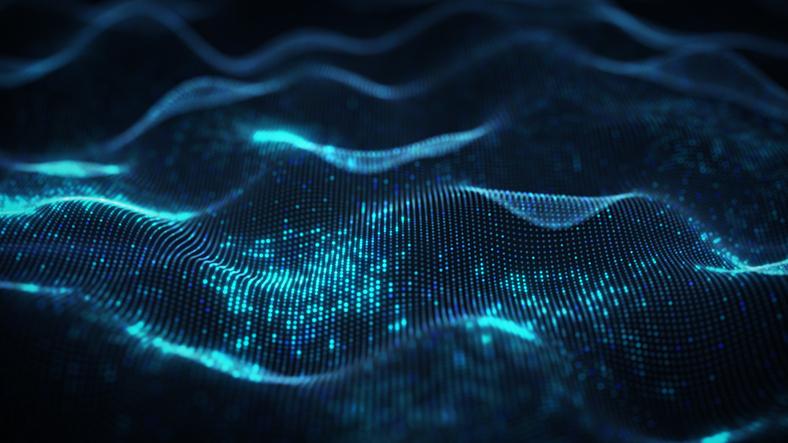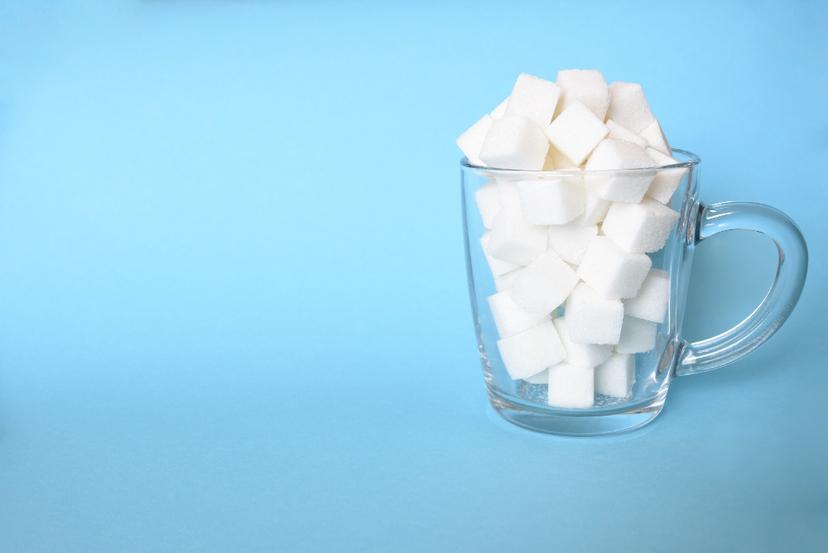7 октября 2021
Do I Need To Take Statins To Lower Cholesterol?


7 октября 2021
Do I Need To Take Statins To Lower Cholesterol?
## What are statins?
Statins are drugs that lower [cholesterol](https://ul.orna.me/KOge/librarybiomarker?id=57), prevent plaque formation, and can reduce plaque diameter by 15 %. Today there are 4 generations of statins, and all have roughly the same effectiveness and side effects.
## Cholesterol: friend and foe
Cholesterol is a friend because it is part of every cell, participating in the formation of cell membranes. However, it is also a foe, because it tends to deposit in the walls of blood vessels, narrowing their lumen. Previously, it was believed that if cholesterol levels were elevated, then the risk of developing atherosclerosis increased. However, doctors now know which carrier molecules (lipoproteins) contain the main part of cholesterol. According to this principle, cholesterol is divided into "good" and "bad" and from it, the formula for the atherogenicity index is derived. All the necessary tests needed to make a decision are included in the lipid profile.
Check out an article written by our experts on lipid profile.
> It is advised that both men and women over age 40 should take a lipid profile test on an annual basis.
## Other considerations
Statins are often prescribed incorrectly. It is very important to look at the full detailed cholesterol analysis, as well as signs of atherosclerosis or suspicion of it. Let's say that total cholesterol is elevated to 6 mmol/l due to a slight excess of "bad" lipoproteins, and the other indicators are within normal limits. First of all, if it is a woman, the female sex hormones protect her from atherosclerosis until menopause. Secondly, the first stage of lowering cholesterol is always a diet with reduced consumption of animal fats and sweets plus taking [Omega-3](https://ul.orna.me/KOge/librarybiomarker?id=179) fatty acids in the form of a dietary supplement. If cholesterol remains high after 3 months, then statins will most likely be prescribed. You should monitor the dynamics of cholesterol indicators after three months, and again after six months.
## When statins are indispensable
Statins can be very helpful for those who experience cholesterol plaque in the heart. If ultrasound examination of the carotid arteries shows the first deposits of cholesterol, and the thickness of the intima-media complex is more than 1.3 mm, statins are prescribed.
Statins are indicated for clinical signs of target organ ischemia including:
- Heart (angina pectoris, arrhythmia)
- Legs (intermittent claudication)
- Brain (transient ischemic attacks with proven atherosclerotic plaques in carotid arteries)
Statins must be taken after [myocardial infarction](https://ul.orna.me/KOge/librarydisease?id=89), ischemic [stroke](https://ul.orna.me/KOge/librarydisease?id=184), coronary artery bypass grafting, operations on carotid arteries and arteries of extremities, or stenting.
> On long-term statin therapy, "bad" cholesterol is reduced by 52 %–63 %.
## What to be prepared for
If there are no contraindications and no pronounced side effects, once you start taking statins, you will most likely have to take them for life. Statins integrate into the process of cholesterol metabolism that takes place in the liver, and in the event of withdrawal of the drug, the concentration of cholesterol increases compensatorily.
In addition to skin itching and rashes, the main side effect of statins is the impaired liver function, which damages the cells. Therefore, before taking statins, you should be given liver enzyme tests for AST and ALT. They are also done 6 and 12 weeks after you start statin therapy, and then every 6 months thereafter. The third side effect is muscle tissue damage, where muscle pain and bruising can occur. The CPK enzyme is taken — if it is elevated, there is muscle tissue breakdown, and the effectiveness of statins is minimized.













